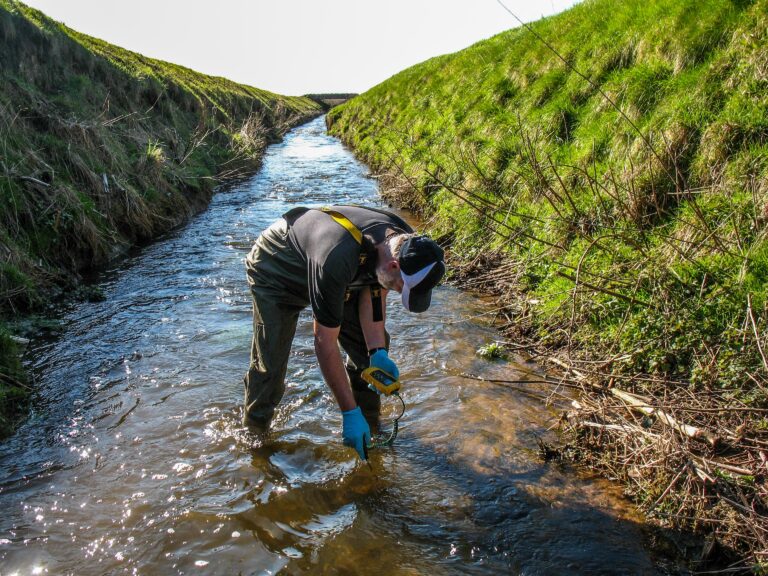The UK Environment Agency has published a review of the latest research into drought including its impacts on people and the environment.
The agency worked with more than 40 experts from 13 different universities, consultancies and research institutes to compile the report. It focuses on three themes: the physical processes that drive droughts, the impacts of droughts, and the management of droughts.
Each theme is further divided into specialist topics, each providing an expert review of a specialist area. UKCEH scientists led the reviews on: past river flow drought trends; future river flow projections; impacts of drought on water quality; and impacts of drought on vegetation. UKCEH also contributed to the review of drought impacts on soils.
Overall, the report says that, to date, droughts have been poorly understood because they are complex events that vary in duration, time of year, location and severity. Their infrequency means there is limited data and experience of them, which limits society’s ability to predict, prepare and respond.
Jamie Hannaford, principal hydrologist at UKCEH, explained, “While the UK is thought of as a wet country, recent droughts like 2018 and 2022 have underlined our vulnerability to prolonged periods of dry weather and shown the range of impacts that can occur across ecosystems and different economic sectors. We must re-evaluate our understanding of drought, and how risks may change in future due to climate change.
“There are large uncertainties over predictions about future drought events, and how hydrological conditions may vary between regions. However, UKCEH analysis using up-to-date climate projections to model future river flows and groundwater levels up to 2080, shows the UK will see significant increases in the severity of droughts over the coming century.”
The national Floods and Droughts Research Infrastructure (FDRI) program, led by UKCEH and funded by UKRI, will produce extensive new measurements across several catchments across the country. This will enable researchers to improve computer models to predict when and where floods and droughts will happen, and their severity. It will comprise a combination of fixed instruments and mobile equipment, such as drones to monitor river flows, which can be deployed to different areas at times of floods and droughts.
To find out more about UKCEH’s latest developments, click here.



